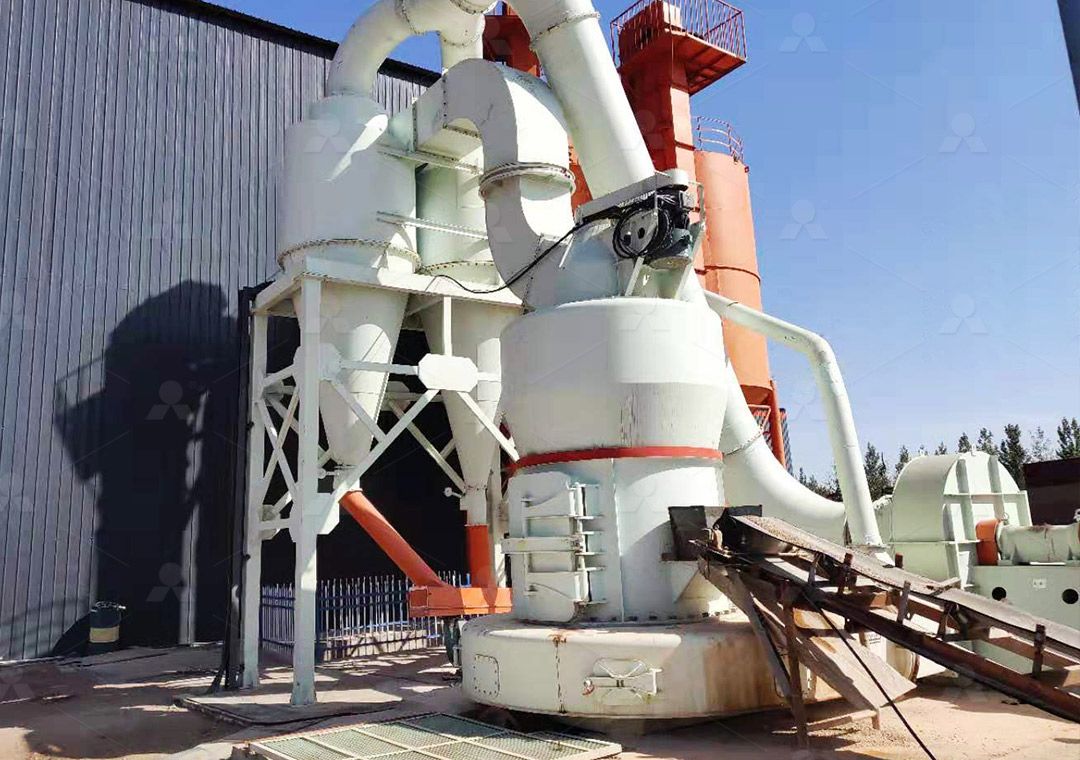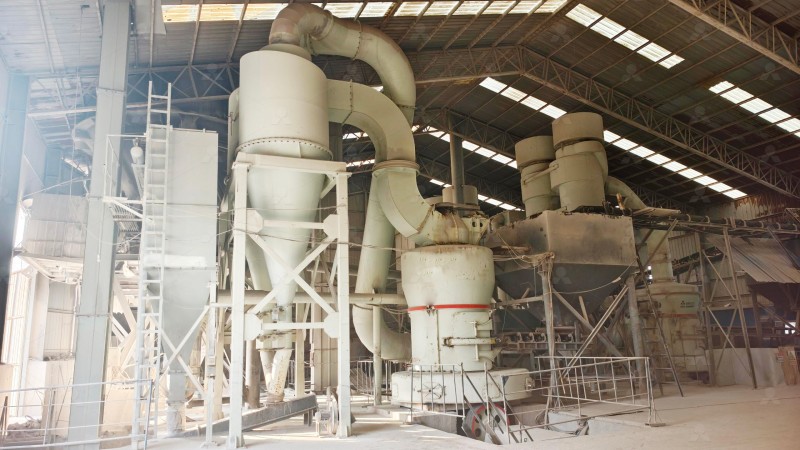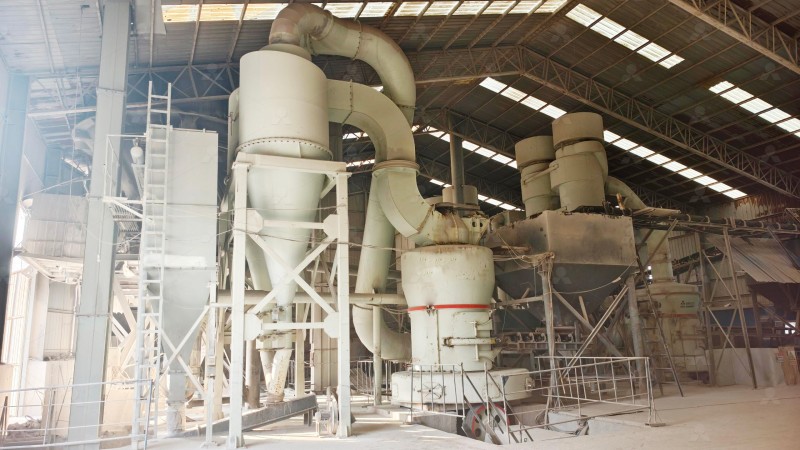Surface Modification Techniques for Calcium Carbonate Powder Production
Surface Modification Techniques for Calcium Carbonate Powder Production
The production of high-quality calcium carbonate powder extends far beyond simple grinding operations. Surface modification has emerged as a critical process step that transforms ordinary calcium carbonate into specialized, value-added products with enhanced properties for various industrial applications. This technical overview explores the primary modification techniques and their significance in modern powder production.
Surface modification fundamentally alters the interfacial properties of calcium carbonate particles, transitioning them from hydrophilic to organophilic characteristics. This transformation enables better dispersion in polymer matrices, improved mechanical properties in composites, and enhanced performance in applications ranging from plastics and paints to pharmaceuticals and food products.
Primary Modification Techniques
Two dominant approaches govern the surface modification landscape for calcium carbonate powder:
Chemical Modification Methods: These techniques involve the application of surface-active agents that chemically interact with particle surfaces. Stearic acid treatment remains the most prevalent method, where the carboxylic acid group bonds with calcium sites on the particle surface while the long hydrocarbon chain provides organophilic properties. Other chemical modifiers include silanes, titanates, zirconates, and phosphate esters, each offering specific advantages for particular applications.
Mechanical Activation Methods: This approach utilizes high-energy milling to simultaneously grind and modify particles. The mechanical energy input creates active sites on particle surfaces, facilitating better interaction with modifiers. The integration of grinding and modification in a single step offers significant process efficiency advantages.

The Critical Role of Grinding Technology
Successful surface modification begins with precisely controlled particle size distribution and surface characteristics. The initial grinding process determines the specific surface area, surface energy, and activation level of particles – all crucial factors influencing modification efficiency.
For operations requiring ultra-fine calcium carbonate powder with consistent quality, the MW Ultrafine Grinding Mill represents an optimal solution. With an adjustable fineness range between 325-2500 meshes and capacity from 0.5-25 tph, this equipment delivers the precise particle specifications needed for effective surface modification. The absence of rolling bearings and screws in the grinding chamber eliminates contamination concerns, while the efficient pulse dust collector ensures environmentally responsible operation.
The MW Ultrafine Grinding Mill’s innovative design achieves 40% higher production capacity compared to jet mills and double the output of ball mills with only 30% of the energy consumption of jet grinding systems. This combination of precision, efficiency, and reliability makes it particularly suitable for preparing calcium carbonate for surface modification processes.
Advanced Modification Equipment Integration
Modern surface modification typically occurs in specialized equipment following the grinding process. High-speed mixers, hybridizers, and mechanofusion systems provide the intensive mechanical and thermal energy required for uniform modifier distribution. Process parameters including temperature, residence time, and energy input must be carefully controlled to achieve consistent results.
For operations seeking integrated grinding and classification solutions, the LUM Ultrafine Vertical Grinding Mill offers advanced capabilities. Its unique roller shell and lining plate grinding curve design facilitates easier material layer generation and high finished product rates through single-pass powder milling. The PLC control system and multi-head powder separating technology enable precise control over grinding parameters critical for modification-ready powder production.

Quality Control and Performance Evaluation
Evaluating the effectiveness of surface modification requires comprehensive testing methodologies. Key assessment parameters include:
- Activation ratio measurement
- Contact angle analysis
- Oil absorption value determination
- Dispersion stability testing
- Composite mechanical property evaluation
Properly modified calcium carbonate demonstrates significantly improved compatibility with organic matrices, reduced viscosity in polymer systems, enhanced mechanical properties in composites, and better retention in paper coating applications.
Environmental and Economic Considerations
Modern surface modification processes increasingly emphasize environmental responsibility and economic sustainability. Advanced grinding systems like the MW Ultrafine Grinding Mill incorporate efficient dust collection and noise reduction technologies, ensuring compliance with stringent environmental standards while maintaining operational efficiency.
The economic benefits of proper surface modification include reduced polymer usage in composites, improved processing efficiency, and access to premium markets for specialized calcium carbonate products. The combination of advanced grinding technology and optimized modification processes creates significant value addition opportunities for producers.

Frequently Asked Questions
What is the primary purpose of surface modifying calcium carbonate?
Surface modification transforms calcium carbonate from hydrophilic to organophilic, improving its compatibility with polymer matrices, enhancing dispersion, and increasing composite mechanical properties.
How does particle size affect surface modification efficiency?
Smaller particles with higher specific surface area require more modifier and present greater challenges for uniform coverage. Precise particle size control through advanced grinding is essential for consistent modification results.
What grinding equipment is recommended for modification-ready calcium carbonate?
The MW Ultrafine Grinding Mill is specifically designed for producing ultra-fine powders with the consistent particle characteristics required for effective surface modification, offering adjustable fineness between 325-2500 meshes.
Can surface modification be integrated with the grinding process?
While typically performed as separate operations, mechanical activation during grinding can enhance subsequent modification. Some advanced systems allow for integrated processing, though most operations maintain these as distinct steps for optimal control.
What quality parameters indicate successful surface modification?
Key indicators include high activation ratio, improved dispersion stability, reduced oil absorption, enhanced composite mechanical properties, and better processing characteristics in final applications.
